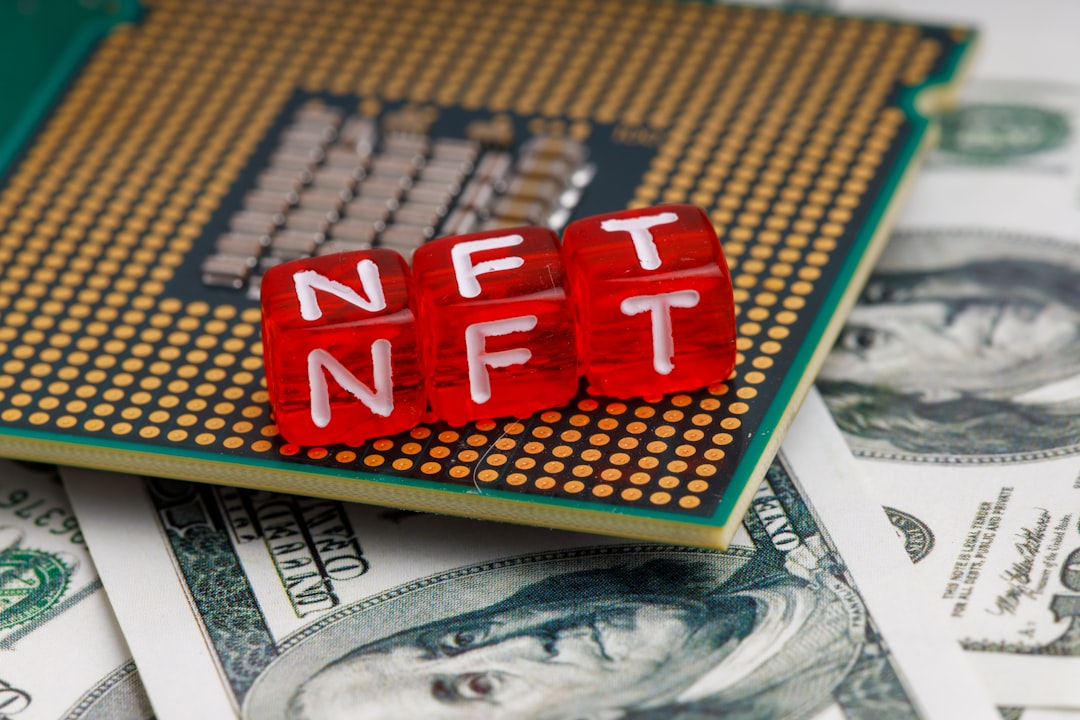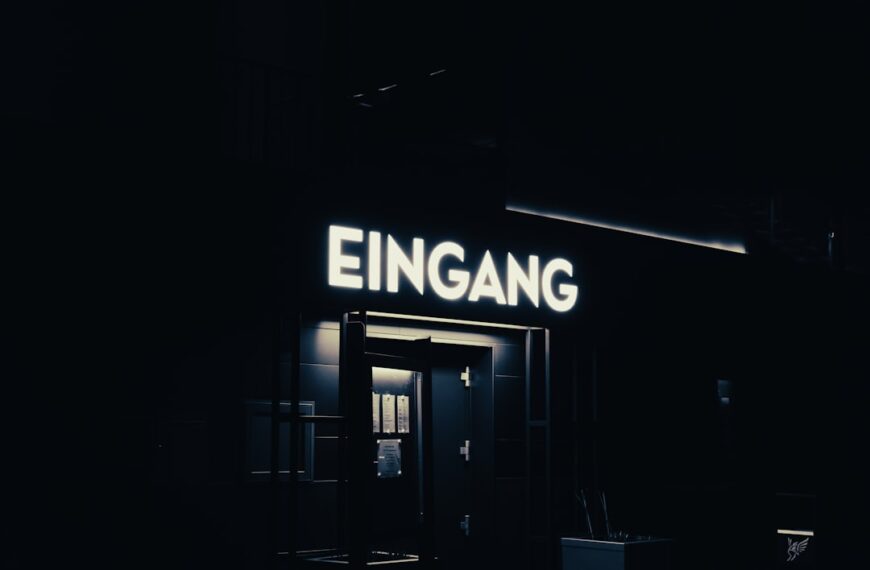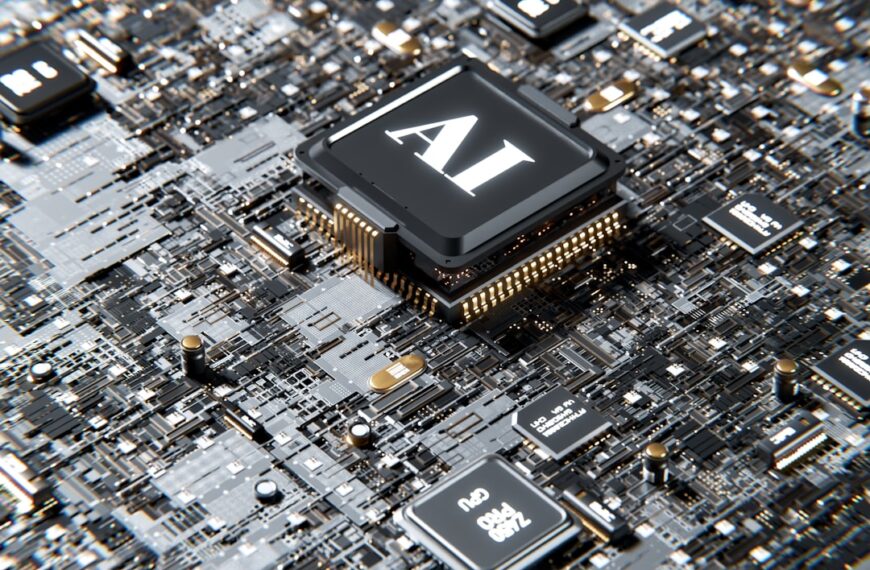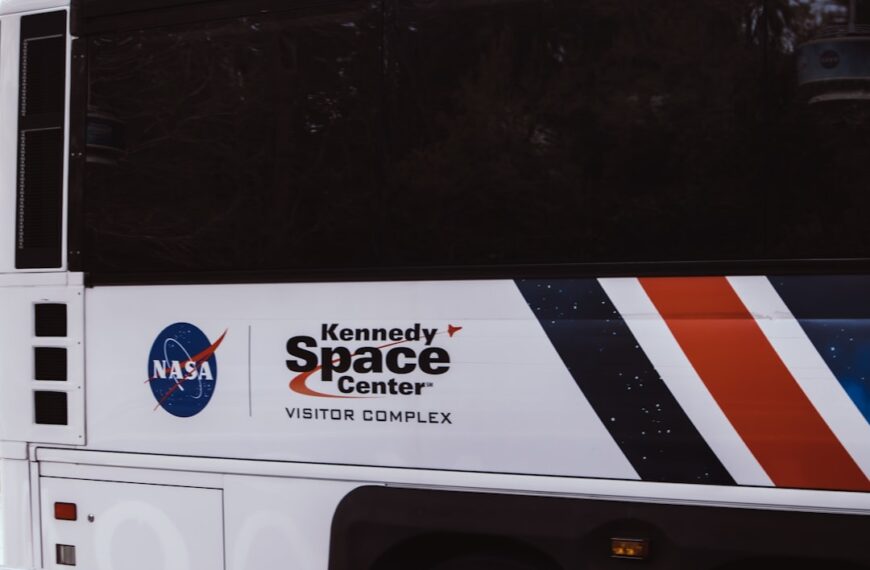The world of Non-Fungible Tokens (NFTs) is constantly evolving, and one of the most rapidly developing areas is NFT fractionalization. This innovative approach allows multiple parties to own a single NFT, dividing its ownership into smaller, tradable fractions. While offering exciting possibilities for increased liquidity and accessibility, this process navigates a complex legal landscape rife with potential pitfalls. Understanding these potential issues is crucial for anyone involved in, or considering, NFT fractionalization.
One of the most significant challenges lies in defining the legal structure of these fractionalized ownership rights. Are these fractions considered securities? If so, they fall under the stringent regulations of securities laws, requiring registration with relevant authorities and adherence to disclosure requirements. This can be a costly and time-consuming process, potentially hindering the very accessibility that fractionalization aims to improve. Determining whether an NFT fraction meets the Howey Test, the established standard for identifying securities in the US, is a crucial step in ensuring legal compliance. Different jurisdictions have varying interpretations of securities law, adding another layer of complexity to the issue.
Furthermore, the process of creating and distributing these fractional NFTs requires careful consideration of intellectual property rights. The underlying NFT often incorporates intellectual property, such as artwork or design, and its fractionalization needs to respect the rights of the original creators and any subsequent licensees. Clear agreements outlining ownership and usage rights are essential to prevent future disputes and legal challenges. Questions regarding licensing, royalties, and attribution must be explicitly addressed in the smart contracts governing the fractionalized NFT.
Smart contracts themselves are a source of potential legal complications. These self-executing contracts form the backbone of NFT fractionalization, but their complexity and potential for flaws can lead to unforeseen issues. Bugs in the code, ambiguities in the contract’s language, or unforeseen circumstances can create disputes and legal battles. Thorough legal review and auditing of smart contracts are therefore paramount.
Another key concern is the potential for fraud and scams. The decentralized nature of the NFT market and the relative novelty of fractionalization create opportunities for malicious actors to exploit loopholes and mislead investors. Lack of transparency, inadequate due diligence, and misleading marketing practices can lead to significant financial losses for investors.
Finally, the regulatory landscape surrounding NFTs is still evolving, with governments worldwide grappling with how best to regulate this emerging asset class. The lack of consistent global regulation creates uncertainty and risks for both investors and platforms involved in NFT fractionalization. Staying informed about evolving regulations and adapting strategies accordingly is vital for navigating this dynamic legal environment.
In conclusion, while NFT fractionalization offers significant potential, it is essential to approach it with caution and a thorough understanding of the legal implications. Seeking expert legal advice, conducting comprehensive due diligence, and carefully crafting smart contracts are crucial steps in mitigating risks and ensuring compliance. The legal minefield surrounding NFT fractionalization is complex and navigating it successfully requires proactive and informed decision-making.









